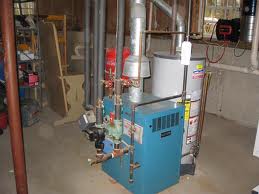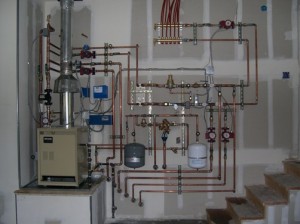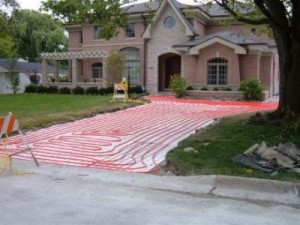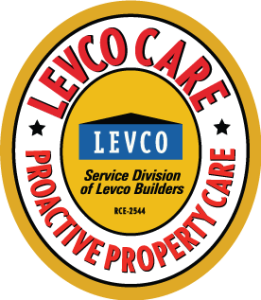Estimated reading time: 3 minutes, 50 seconds

Although I have remodeled many homes we haven’t run into too many hydronic heating systems.
By the time we remodel most of the home’s heating systems have been altered several times. My own home started with Coal, then converted to Oil and then to Natural Gas forced air. One of my neighbors refused to change and still uses coal. It is often the first sign of fall to smell the coal burning. Oil furnaces were dirty too and required fuel storage tanks. Some were placed in the ground and others used above ground storage tanks. Most of those systems were converted and eliminated all together because of the convenience of natural gas being piped directly to our homes.
Coal furnaces used duct work and the natural physical properties of heating and cooling to circulate heat. It wasn’t until later that forced air systems were introduced. Most oil systems I see used fans. We have even seen in the ceiling electric grids that would heat up and radiate heat. Fortunately, those I have seen were abandoned long ago. Early in ground radiant heating systems were limited by the available technology at the time and experienced failures, many due to polybutylene pipes.
One recent project had a boiler with on the wall baseboard radiators and they incorporated Radiant Hydronic towel warmers that double as room heaters. They also had a forced air air conditioning system. During the project we realized that there are times when a great heating contractor trumps an inexperienced plumber. Air bubbles entered the system and shut it down temporarily causing a very cold night for my clients.
When the forced air systems arrived it changed everything, homes needed to be balanced. We are still learning how to balance homes and buildings for that matter which causes cold/hot rooms and floors for that matter.
There are those in the Warm Springs area of town that get geothermal water pumped through their homes and heated for free.

The principal is the same weather your radiant heat comes from in floor or through radiators . A boiler or water heater if you will, heats the water with some form of fuel then it is pumped through pipes to a radiator in the form of water or steam. This allows the heat to be radiated into the home and back to the boiler to be recharged. Manifolds and Pex Pipe are relatively new additions to the mix.
I recall living in an Eichler home in San Rafael California in the 1970’s where the slab was heated with a very simple radiant hydronic heat. Advantages include no drafty spaces and less dust as well as a warm slab on grade construction and relatively inexpensive heat. Radiant heat is considered a Green Technology for the quality of indoor air, resource conservation, and energy efficiency.

There are many cool products out there with pumps and zone control. Takagi and Munchkin are two of the popular boiler systems that are extremely energy efficient. We can even add solar collectors that augment the domestic hot water system. There are even radiators with electric fans that use the same principles of water cooled motor vehicles. When a modern whole house system is installed it looks like a utility room on an aircraft carrier. In ground hydronic systems with Glycol in them are even used to heat driveways in the winter to keep snow and ice free.

Some down sides include that the boiler system can be a bit noisy as radiators creak and groan with expansion and contraction. They require tinkering and occasional burping, the radiators themselves take up space on walls or floors. They do not provide the instant gratification of a forced air system, and you have circulating glycol fluid in your home. We understand that living with a boiler system is not risk free. If you can deal with these few differences, I believe that the principals are sound and the cost is reasonable. Modern set back thermometers have resolved the frustrations of cold floors in the morning.
The bottom line is that boilers and radiators don’t scare us at Levco, and are a normal part of remodeling in Boise’s North End. There are many ways to optimize any system. If you are considering remodeling there is cause to reflect before you decide to rip it out and start over.


[…] Hydronic Heat September 9, 2011 […]